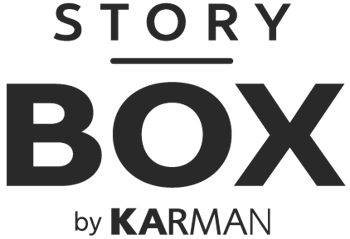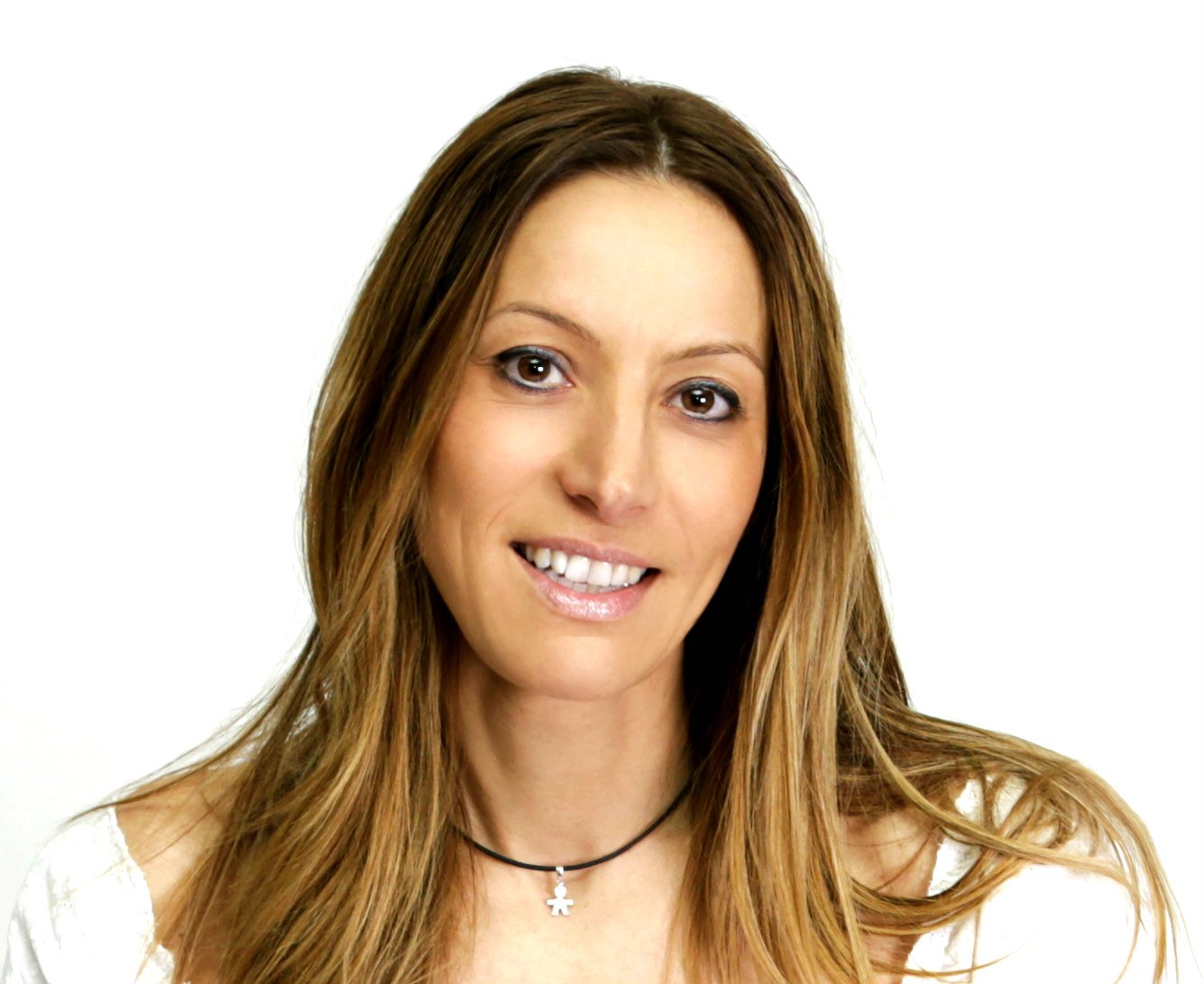An Austrian native with French origins, Marc Sadler has gained a decade of experience in the world of lighting design, distinguishing himself thanks to his eclecticism and innate creativity. Sadler believes that the contamination between technologies can lead to solutions with a great aesthetic impact and distinctive technical and functional qualities.
The designer talked to us about design from his point of view and how it has changed over time, also explaining what his vision is and how it has matured throughout his career.
- What is your definition of high-quality design (or poor-quality design)?
- What single aspect of your job do you appreciate most?
- What is your favorite material to work with?
- What is special about Fireman?
- What role does sustainability play in your work?
- Do you have a daily routine?
- Imagine not having anything to do with design… what would you do instead?
- You have been working in the industry for years. What has changed in design since you started?
- What advice would you give to a student eager to pursue your career?
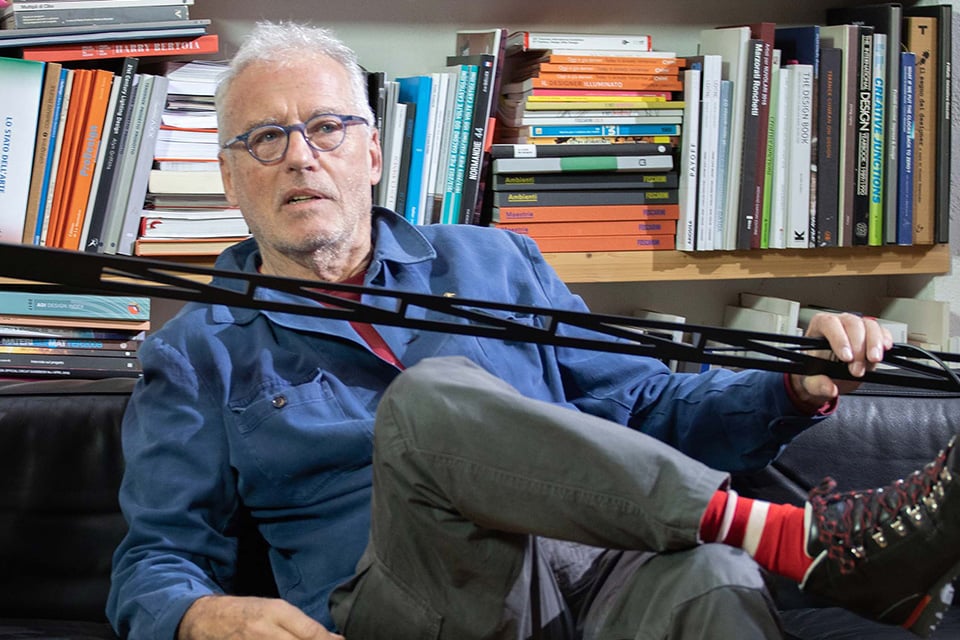
1. What is your definition of high-quality design (or poor-quality design)?
“Let's start by saying that when I hear people say that something is “designer”, I get hives because that word is usually associated with a certain formal aspect, most likely the stylistic trend in vogue at that time.
I distance myself from this meaning, not from the word itself, which implies much more.
That said, there are things from the past that I like, as much as things from today. It is the quality and the culture of design that, as the word itself expresses, distinguishes high-quality design from poor-quality design.
Stylism and aestheticism are important qualities when they are associated with a well-designed industrial product that does what it was designed for well.
In my opinion, this is good design, but you don't always succeed. "
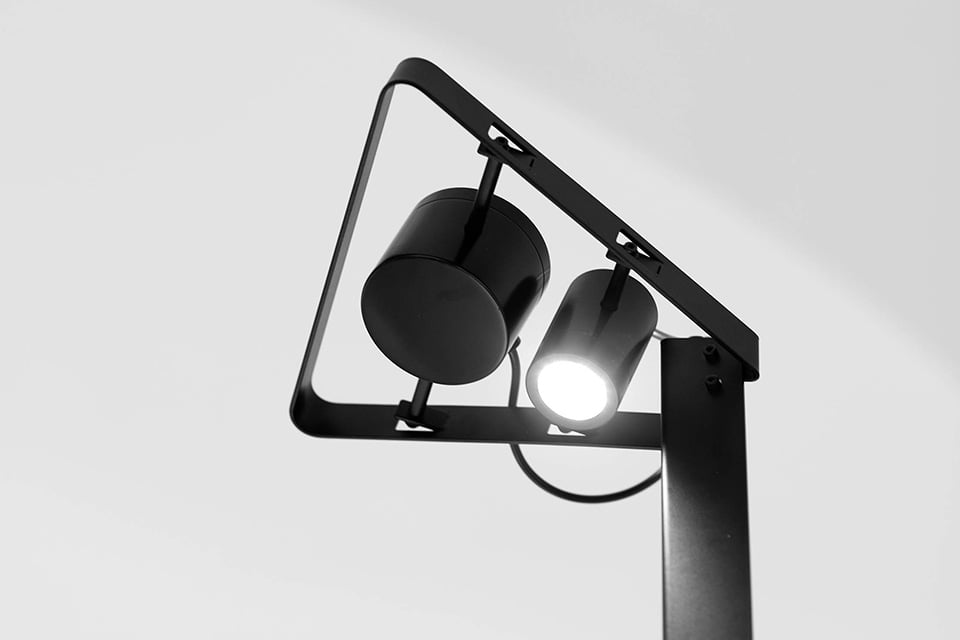
2. What single aspect of your job do you appreciate most?
"Since I’ve been a designer for quite some time, I boast a consolidated professional experience. When the industry was in full boom and design represented the poetics of aesthetics applied to industrial production, the designer was freer: the commercial logic was less reductive as were the marketing policies.
Enlightened entrepreneurs decided by taking risks on their own based on their intuition and the trust placed in an industrial aesthetic professional.
Today our ability to significantly intervene in the creative process of an industrial product is limited, but we are still required to provide the most appropriate answers to the needs of the company we work with; this challenge is still, after so many years, an engaging and spurring aspect of my work. "
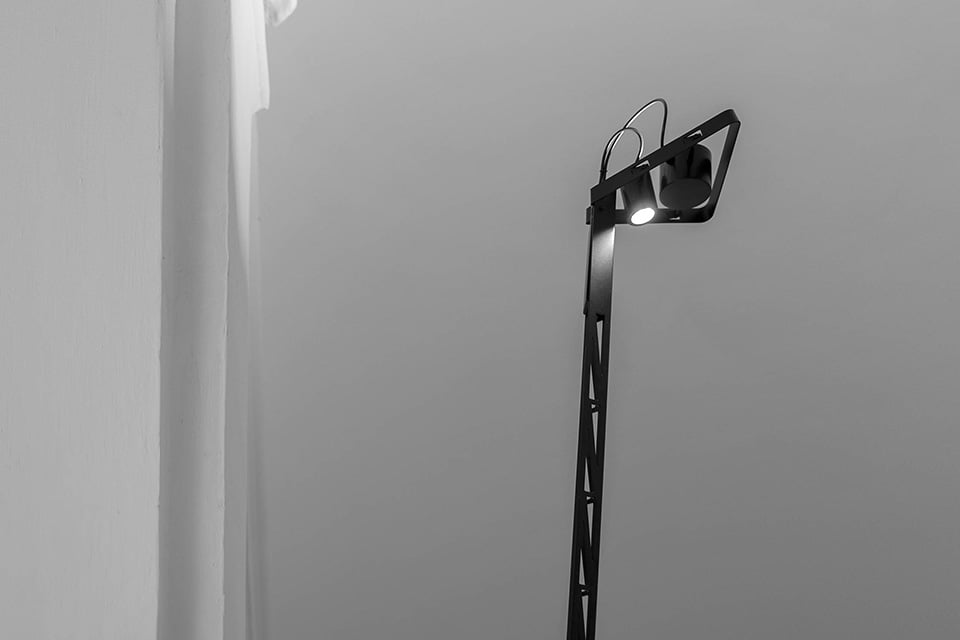
3. What is your favorite material to work with?
“As a young student, I was intrigued by the world of polymers, so much so that in 1968 it was the subject of my degree thesis.
Today, talking about plastic has a negative connotation due to its impact on the environment, but plastic objects are part of our daily life, with undeniable advantages and benefits.
That said, I have no particular preferences for materials. In my career, I have seen and "worked" many of them, a knowledge that was in some ways an extra card, for others dead weight that has influenced some clients. I am labeled as a specialist, and often those who come to me do so because they have a request of this type and know that they will be able to dialogue with me about this subject."
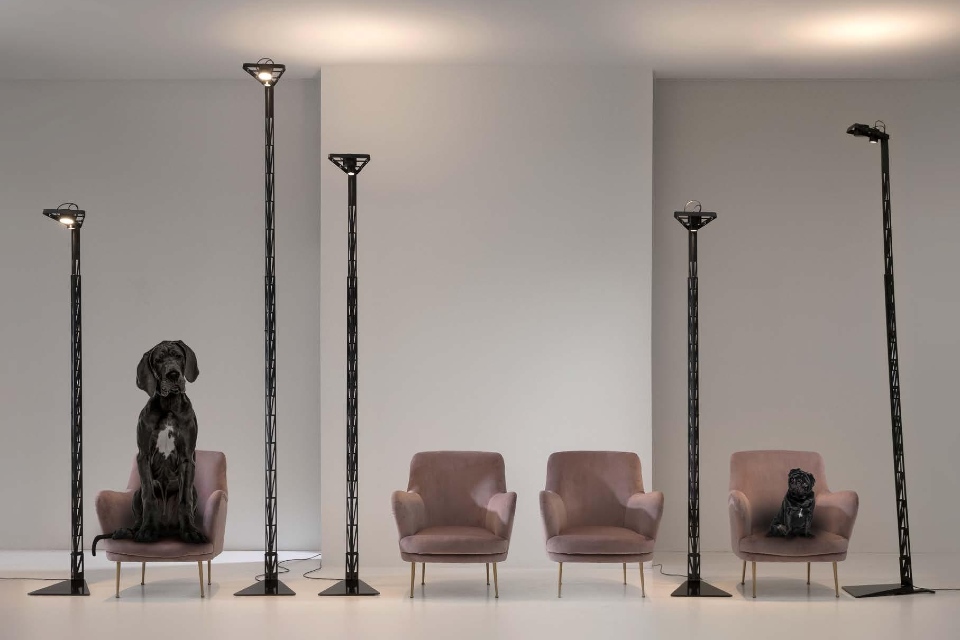
4. What is special about Fireman?
"Fireman's is special because it has an" out of the box "and transversal design. This product has been designed to meet diversified lighting needs and has been developed with proven technical and functional solutions."
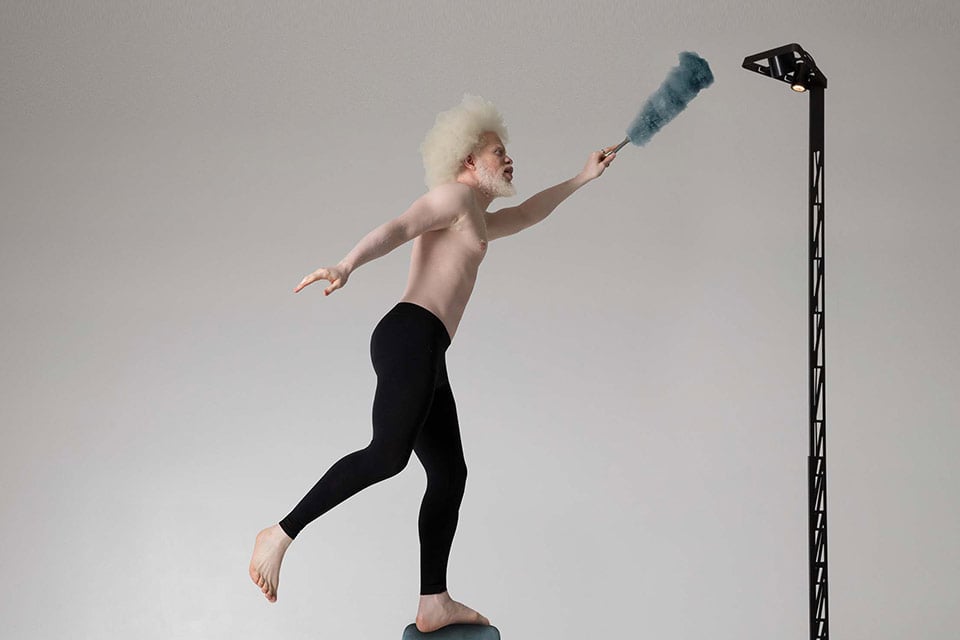
5. What role does sustainability play in your work?
“The widespread sense of fragility that Covid has brought about has changed our perceptions and our priorities. And, we hope, it will implement a sense of responsibility towards the planet, with more careful personal choices and actions; the role of the designer will necessarily have to adapt to new social needs.
Even though from a design point of view we have been hearing about sustainability for years without it ever being a sine qua non in the project briefs, from now on it could become an essential condition and really change things: a new Copernican revolution that is difficult to implement but no longer postponable. "
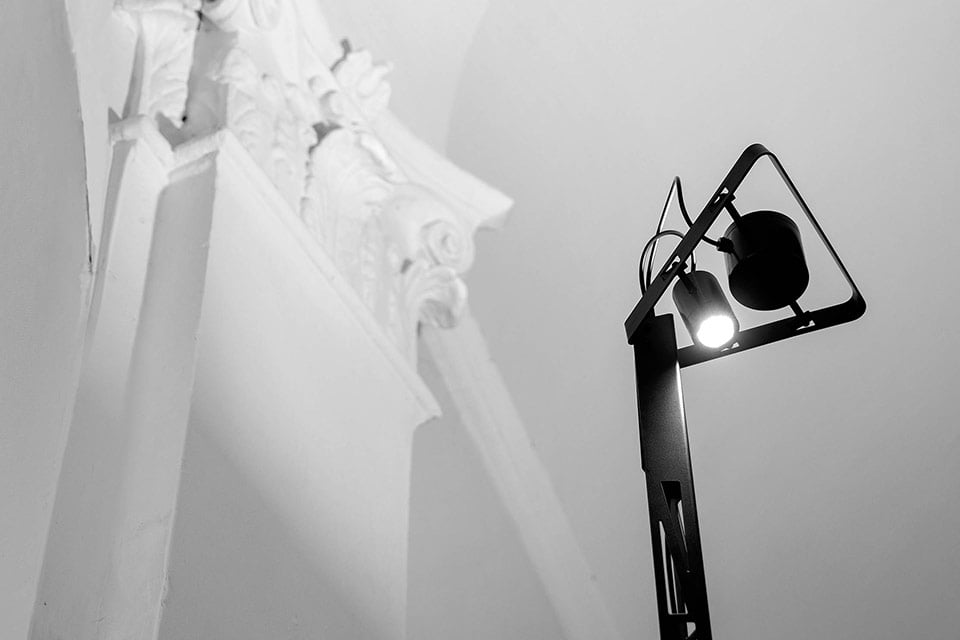
6. Do you have a daily routine?
"Before Covid, I traveled a lot while today much less, but we all hope that we will be able to get back to our old habits as soon as possible.
Web meetings are useful but cannot replace direct contact with companies, understood as the people who constitute them in various capacities and positions.
This is a crucial aspect in my work in the sense that it allows me to quickly assimilate information, strengths and weaknesses, expectations, and so on, all data that otherwise I struggle to acquire, with the risk of getting the answer wrong.
Nowadays I spend more time in my studio, located in a former industrial area full of greenery converted into living spaces and showrooms. For being Milan, I feel privileged to have a house in the countryside and a shop within walking distance.
The compulsion to experience even the domestic dimension more deeply stimulated my creativity: the intensive use of a large number of things, furniture, appliances, and tools, made me a more critical experimenter of what, in other phases of my life, I bought (or even designed) with a less directly involved vision: a great lesson!"
7. Imagine not having anything to do with design… what would you do instead?
"I dreamed of being a surgeon, but it is true that since I was a child I have been passionate about drawing and my profession today is the logical consequence."
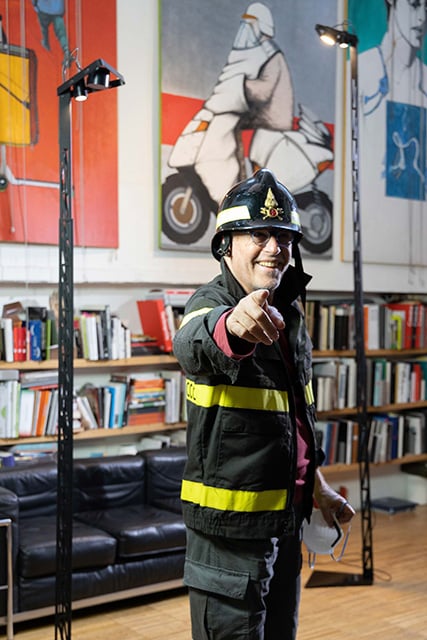
8. You have been working in the industry for years. What has changed in design since you started?
“After the Second World War, the civil and industrial rebirth fueled the push towards consumption. There was a need for many things that industry had to produce, but just as a reaction to the deprivations of war, there was also room for the ephemeral.
The designers were stimulated by a constant demand for products and solutions, and without the major problems of modern industrial design: cost, globalization, market saturation, and the imperative of sustainability.
70 years ago the owners or managers of companies, with a strong entrepreneurial will and a certain propensity for risk, entrusted the development of projects to designers without going too far into the merits of their proposals.
Success proved or didn't prove the designer and entrepreneur who trusted him right. All this has produced a boundless tradition in terms of men and results.
Today, the role of the designer is sacrificed between tighter boundaries that make our intervention often a facade: there is the saturated market, there is the marketing that establishes what needs to be done, and there is the unsuccessful designer entrepreneur who knows everything.
There is no doubt that the profession is a bit in crisis and that the role of the designer must express a new strength, which is certainly not easy, especially for young designers.
I was born after the war, so I am in the middle ground: I didn't have time to professionally share the era of the great masters, while today I find myself differently young in a world of colleagues who could be children and grandchildren. "
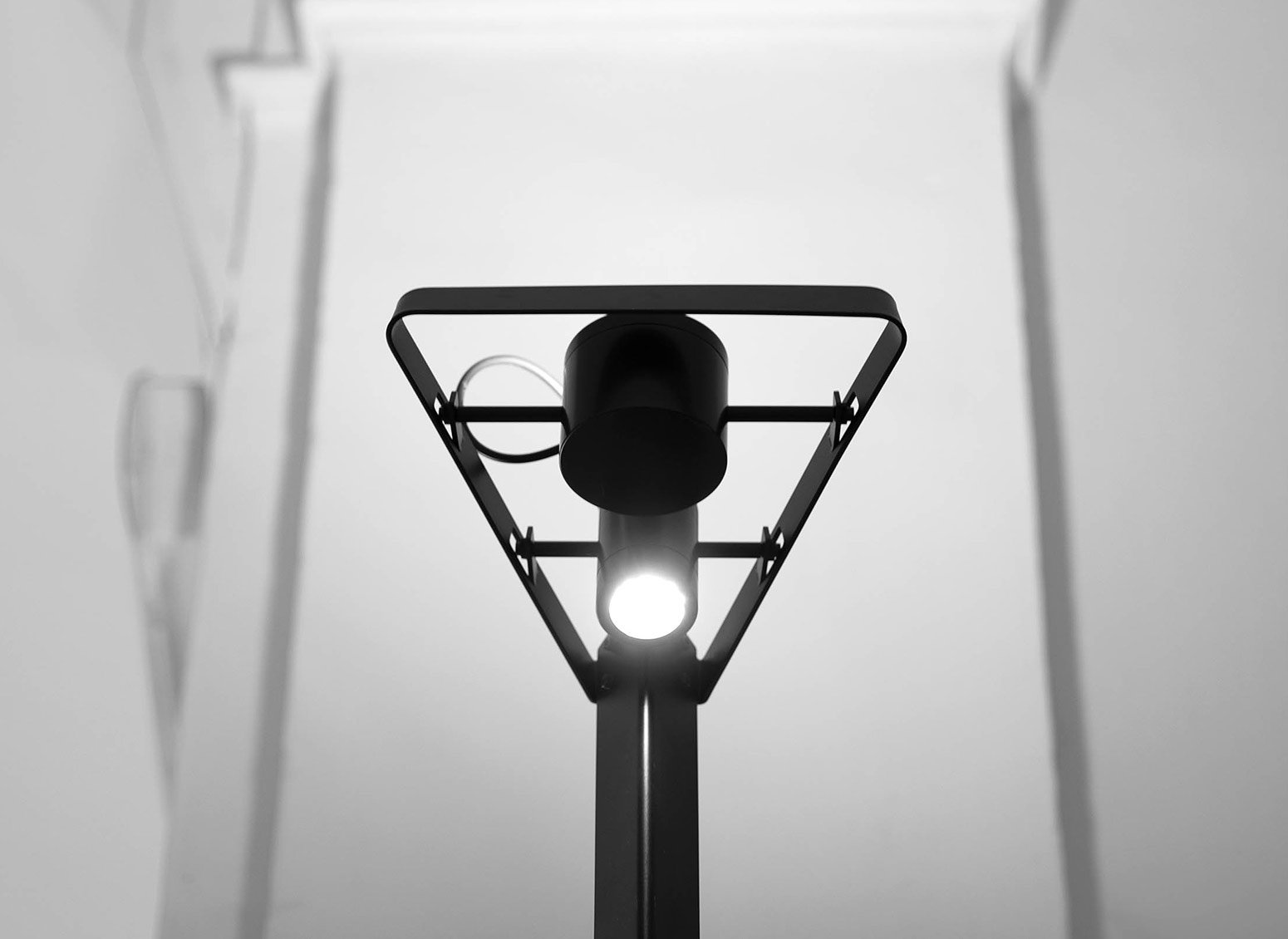
9. What advice would you give to a student eager to pursue your career?
“Study, study, study. Know the history of design, the great designers of the past and present, and the reason for their greatness; know the industrial but also artisanal techniques, and be endlessly curious.
Design really is everything, from the chair to the plow, to the heart valve, and there is no limit to the possibility of creating beautiful and functional objects, which are nowadays sustainable from an economic and environmental point of view.
From this perspective, many of our products are obsolete, and a good designer of the future will have to be able to give new answers, without forgetting what has been done up to now. "
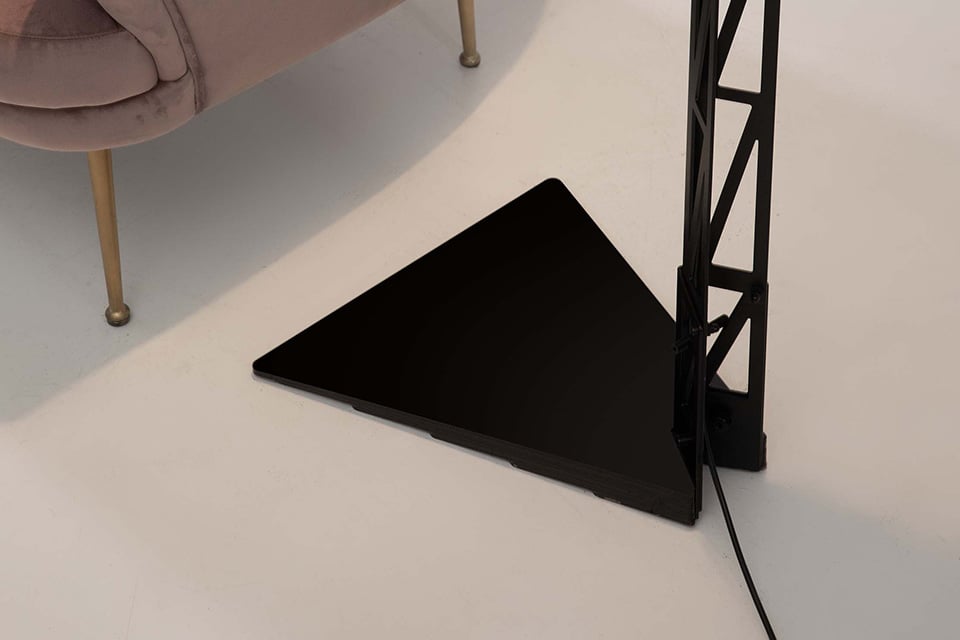
Fireman by Marc Sadler for Karman: performance and style give life to a solution with a unique design
Marc Sadler is convinced that there is no obstacle to creativity and that it is, therefore, possible to design lighting design solutions capable of merging aesthetics and functionality into a balanced formula.
Fireman is concrete proof of this equation: minimal and evocative design and optimal lighting and technical qualities.
